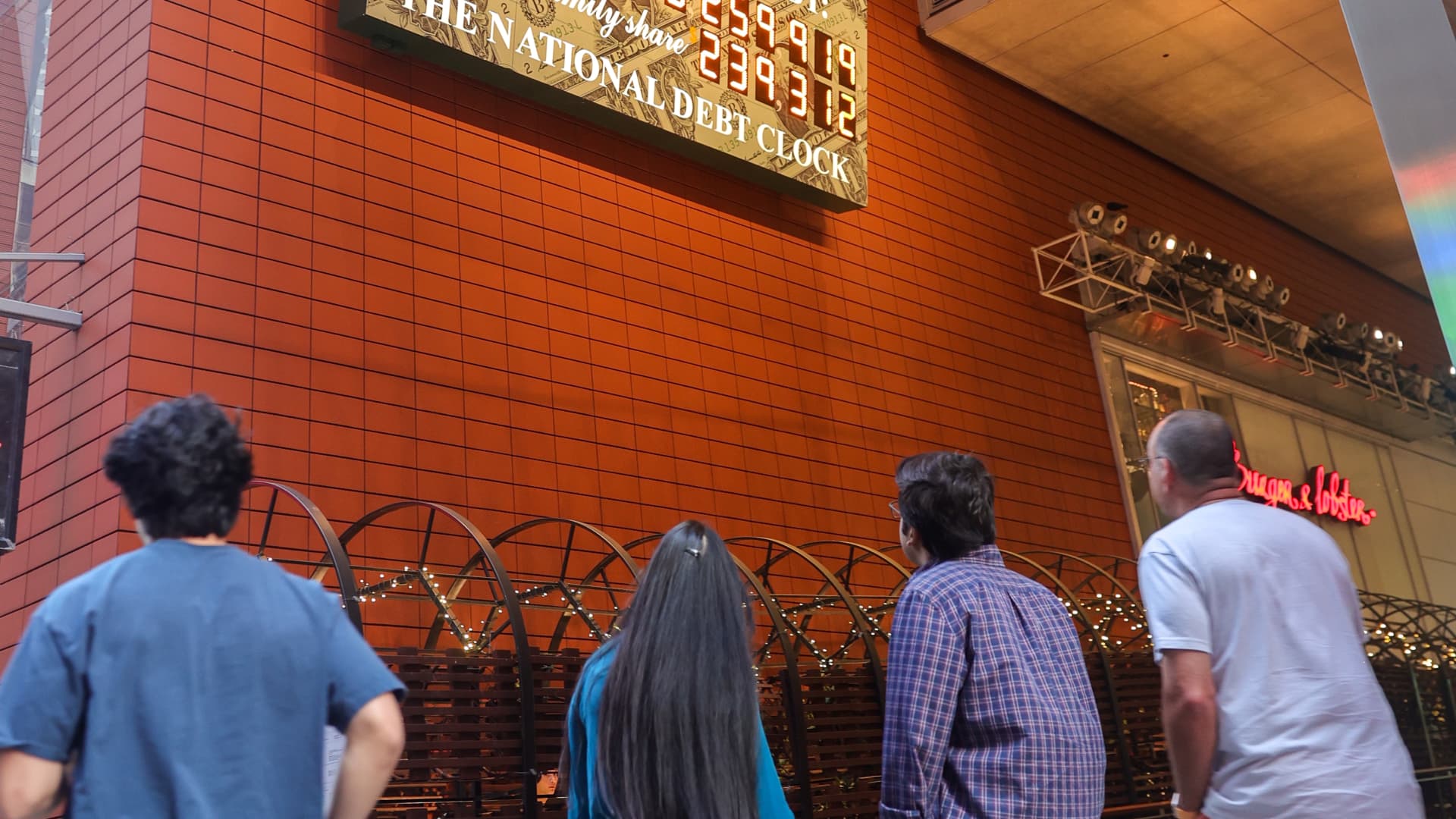Federal student loan borrowers hoping for another extension of the pandemic-era payment pause received bad news in the the tentative deal between Republican lawmakers and President Joe Biden to suspend the debt ceiling and avoid default.
According to the legislative text of the agreement, the pause on federal student loan payments, which has been effect for more than three years now and spanned two presidencies, will “cease to be effective.” Borrowers will be required to resume paying their student loan bills 60 days after June 30. Their due date will likely be in September, experts said.
Consumer advocates criticized the deal.
More from Personal Finance:
Parents paying for college ‘is the norm’
4 strategies to avoid taking on too much student debt
These moves can help you save big on college costs
“The deal codifies an assurance for Republicans that Biden will head into 2024 as Americans’ debt collector in chief,” said Astra Taylor, co-founder of the Debt Collective, a union for debtors.
Here’s what borrowers need to know about the debt ceiling legislation.
Deal ends the payment pause, likely for good
The pause on federal student loan payments is one of the few remaining Covid-related relief measures still in effect. It was first announced by then president Donald Trump in March 2020, and has since been extended eight times.
The policy has suspended the accrual of interest on federal student debt and allowed borrowers to forgo making their payments without facing any penalties. Tens of millions of Americans are taking advantage of it. Since the start of the public health crisis, those who have benefited from the pause have saved around $5,000 in interest on average, according to calculations by higher education expert Mark Kantrowitz.
In the current version of the debt ceiling agreement, the pause would be terminated 60 days after the end of June. The U.S. Department of Education would also be restricted in its ability to extend this particular relief again, with another prolongment likely only possible from Congress.
The White House was aiming to restart student loan payments within months anyway, Kantrowitz said, and so “the legislation does not represent a change in that regard.”
Indeed, the Biden administration had been bracing borrowers to be ready for the bills to resume 60 days after the legal troubles over its student loan forgiveness plan resolved, or by the end of August, at the latest.
However, the fact that only Congress may be able to extend the current pause worried advocates, given that the president’s sweeping student loan forgiveness plan is currently on hold while the Supreme Court decides its fate.
The deal codifies an assurance for Republicans that Biden will head into 2024 as Americans’ debt collector in chief.Astra Taylorco-founder of the Debt Collective
“This deal takes away the White House’s ability to extend the current payment pause if the Supreme Court kills the relief, making it more likely 40 million people will have to repay loans that the president promised were canceled,” Taylor said.
The Biden administration has warned that resuming student loan payments without being able to carry out its debt forgiveness plan could trigger a historic spike in defaults in delinquencies.
Student loan forgiveness, other relief, not in agreement
The agreement to avert economic default doesn’t include a cut to Biden’s plan to cancel up to $20,000 in student debt for tens of millions of Americans. House Republicans wanted to halt the program.
Still, experts expect the Supreme Court to strike down the policy, given that the conservative justices outnumber the liberals. A decision by the highest court is expected in June or July.
The Biden administration’s “pending regulatory changes” to student loan repayment would also not be impacted by the deal, said Kantrowitz.
Most notably, the administration would be able to continue its work to implement a new repayment plan, under which qualifying borrowers would pay just 5% of their discretionary income toward their student debt each month.
